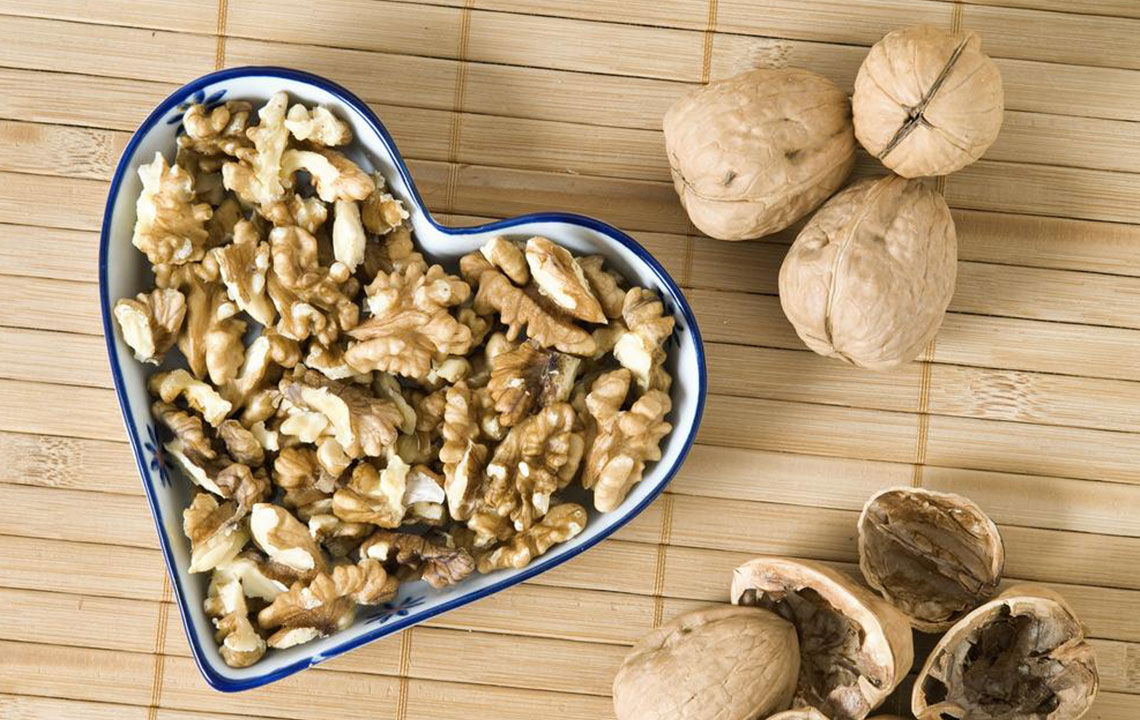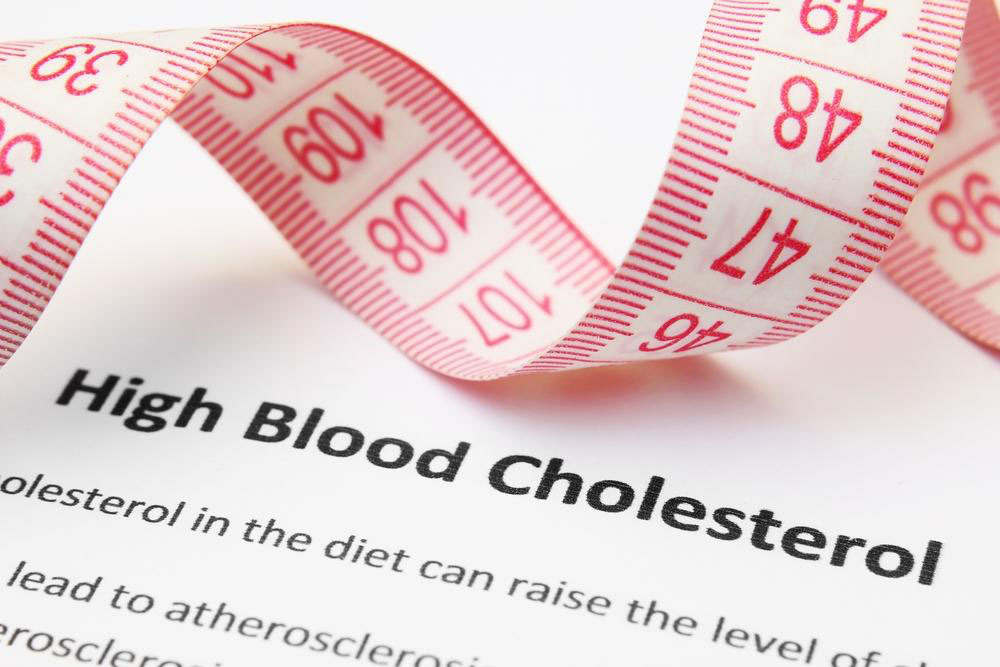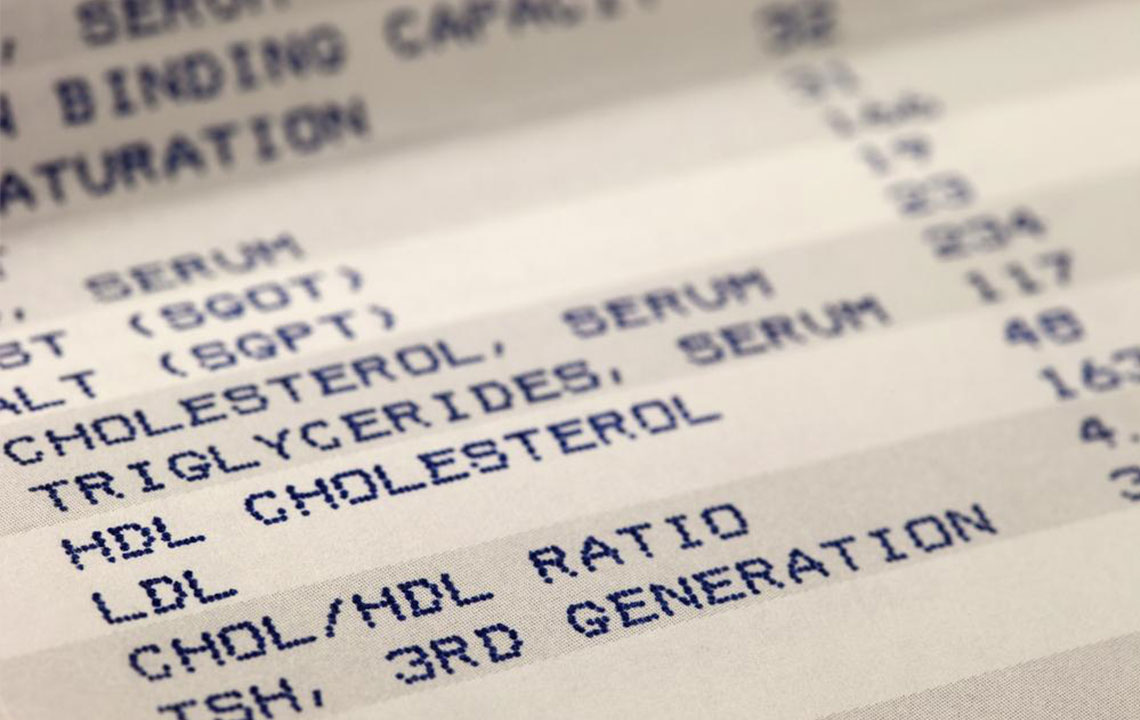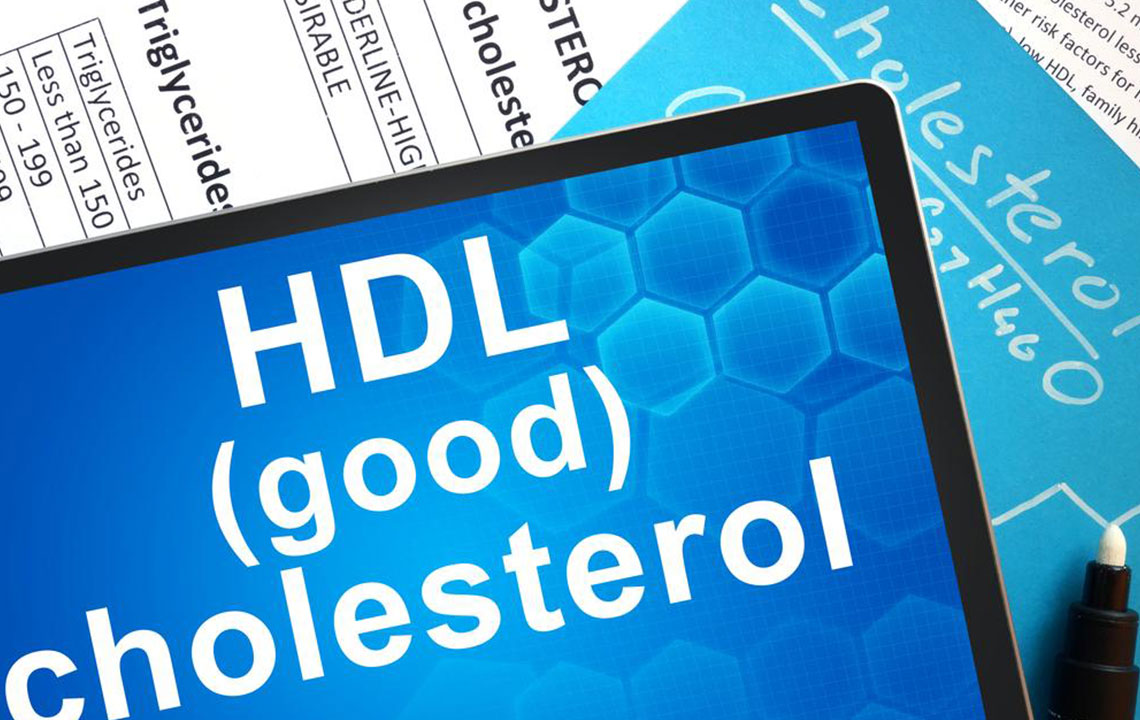Essential Insights on Managing Cholesterol Levels
Learn essential facts about cholesterol, including its types, healthy levels, risk factors, and effective ways to manage and lower cholesterol through lifestyle changes. Regular monitoring and healthy habits are key to reducing heart disease risk.
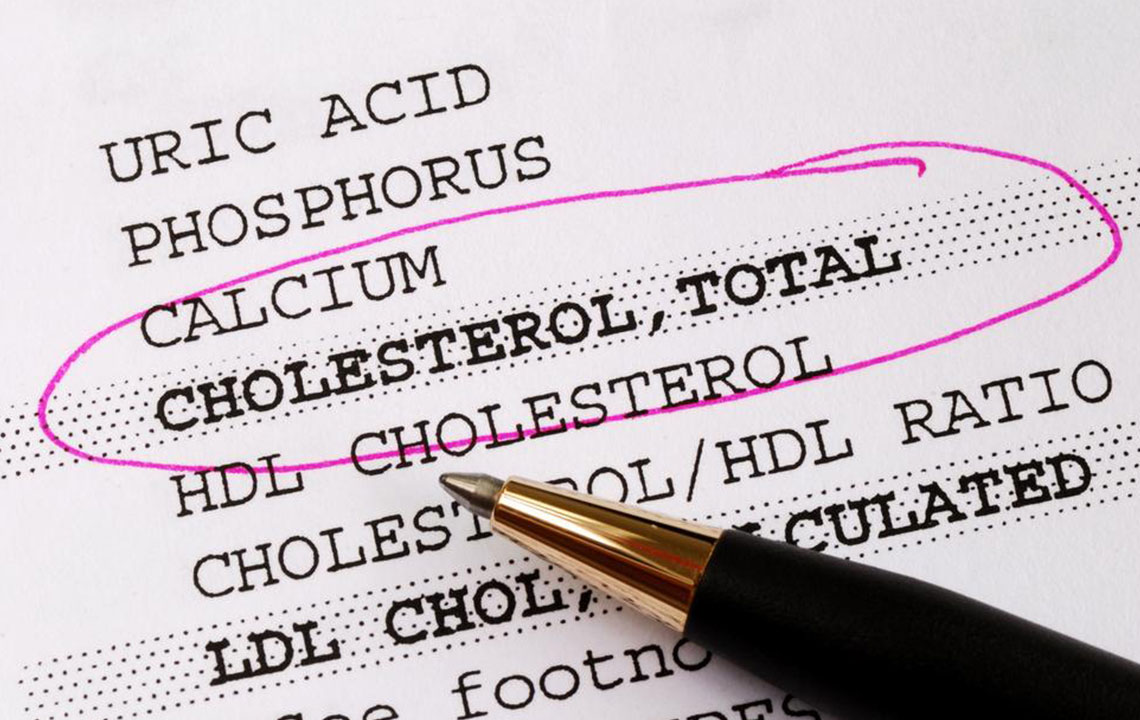
Essential Insights on Managing Cholesterol Levels
Cholesterol is a waxy, fat-like substance present in all body cells. It is vital for certain bodily functions, and small amounts are obtained from foods we eat. However, excess cholesterol can increase the risk of heart attacks and strokes. So, what constitutes a healthy cholesterol range? Keep reading to learn more.
Types of Cholesterol
The blood contains two main types: low-density lipoproteins (LDL) and high-density lipoproteins (HDL). Total cholesterol levels depend on the amounts of these in your bloodstream.
LDL is often called “bad cholesterol” because it can clog arteries and lead to heart disease, whereas HDL is known as “good cholesterol” since it helps protect your heart. Higher HDL levels are advantageous for cardiovascular health. Additionally, triglycerides, another type of fat in the blood, influence overall cholesterol levels. Elevated triglycerides combined with low HDL increase the risk of heart conditions.
Cholesterol levels tend to rise after age 20, making periodic testing important. Adults are advised to get tested every five years. Men generally face higher risks, but women after menopause are more susceptible to increased cholesterol levels.
What Is Considered a Normal Cholesterol Level?
A fasting lipoprotein panel evaluates your total cholesterol, LDL, HDL, and triglycerides to assess cardiovascular risk. For adults, total cholesterol should be below 200 mg/dL. Levels over 240 mg/dL raise concern. Children with a family history of diabetes should also have their cholesterol checked between ages 2-8 and again at 12-16. Maintaining a healthy diet and active lifestyle can keep cholesterol in check, with an ideal total cholesterol of around 170 mg/dL in children.
Factors Influencing LDL Levels
Several factors can hinder efforts to maintain low LDL levels:
Age – Men over 45 and women over 55 often find it difficult to control LDL.
High blood pressure – Blood pressure above 140/90 mmHg and certain medications can complicate LDL management.
Family history – A history of heart disease or high cholesterol increases your risk.
Low HDL – Levels under 40 mg/dL make managing LDL more challenging.
Cigarette smoking – Tobacco use negatively impacts LDL levels and overall heart health.
Strategies to Lower Cholesterol
Achieving healthy cholesterol levels involves lifestyle changes:
Balanced diet – Focus on vegetables, fruits, whole grains, and healthy fats like nuts, olive oil, and avocados. Limit intake of saturated fats from dairy and processed foods.
Regular exercise and weight control – Aim for 30-60 minutes of activity at least five days a week.
Incorporate healthy fats – Choose sources such as nuts, olive oil, and avocados.
Limit cholesterol-rich foods – Reduce consumption of foods high in saturated fats like full-fat dairy and fried foods.
Consult healthcare providers – Before starting medications, discuss options and combine them with lifestyle modifications for best results.

